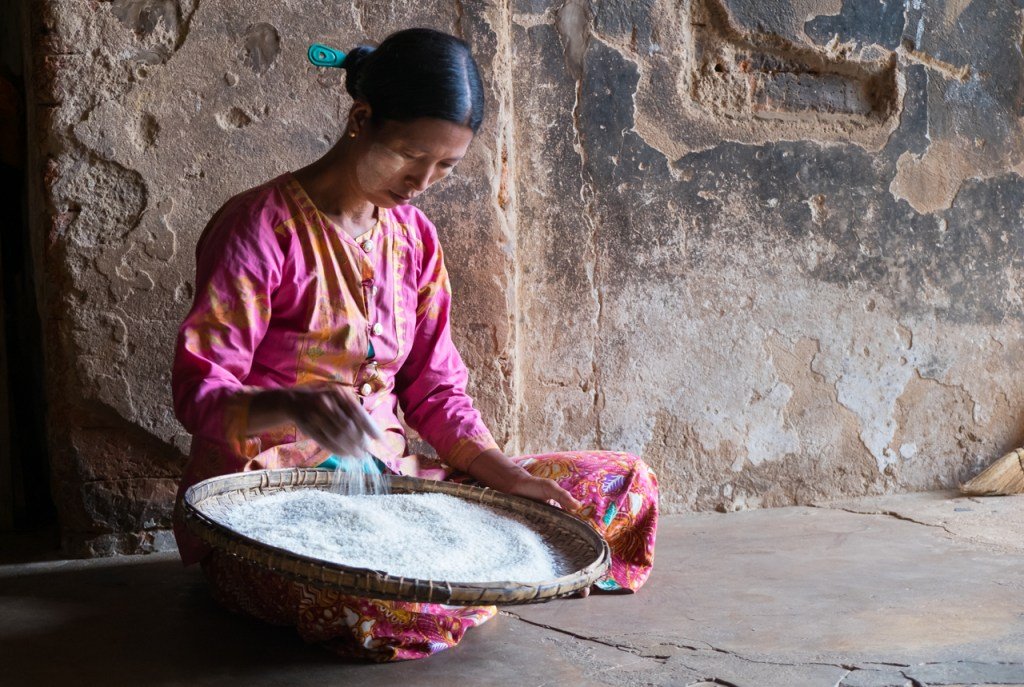Taking vs. Making Photos
Becoming a skillful photographer takes time and practice. The good thing is that with enough patience and persistence, anyone can elevate their photography skills.
I always tell people that part of that process is to start thinking about “making photos” instead of taking them.
The technical aspect of photography is undoubtedly essential but also easy to learn. Once you master the basics of how to expose, compose, and post-process, you’ll gain freedom. The freedom to focus less on what aperture/shutter, speed/iso combinations are the right one for your subject and to think more about the photos you want to create.
Taking or making can be just semantics, so let’s think then in terms of creating a photograph vs. a snapshot. If you want to graduate as a photographer, you need to stop taking snapshots and start creating pictures, regardless of the result.
Why regardless of the results? Well, an image could be bad even when we put our best efforts to create it. Still, if you think like a photographer, the results will happen; it takes practice. Even professional shooters make bad photos all the time while searching for the one that works.
You’ll be progressing on your craft once you start taking photos with purpose. It means to be more thoughtful about your images, what feelings or emotions you want to communicate, what’s your vision, and how the picture reflects that.
So, what is a snapshot, and what is a photograph.?
A snapshot is just an impulsive reaction. You just take it because you are there and press the shutter. Perhaps something that grabs your attention prompts you to snap it, and that’s it.
Making a photograph is a process; when you make a photo, you create something from your vision, constructing something, and what comes from you goes on it.
This process can differ. You see, a cover for National Geographic can take months to produce; there is a lot of research, planning, etc. Instead, for a street photographer making a photo is totally different; they only have a split second to get it right without the luxury of setting up. Of course, there are other things they can control, like location, time of the day for the best light, and so on.
I guess what I am trying to tell you is that you’ll be growing as a photographer when you start making photographs instead of snapshots. For most of us, enjoying the creative process is what makes us different from the rest. It does not matter if you are an enthusiast, serious amateur, or pro. We all enjoy the process of producing compelling pictures—photos that are meaningful to us and our audience.
At last, I want to leave you with a couple of examples. The first one is the opening photo of this article. This place is known as the “Hidden Waterfall” in Los Glaciares National Park in Argentina. I made this photo during our Patagonia scouting trip last year. Most visitors to the park can’t even find this spot, but if they do, they most likely will show up here at least mid-morning when the light is not ideal. What makes this photo is the early morning sun lighting the iconic Mount Fitz Roy with the waterfall in the foreground. You won’t get this image at any other time of the day, I really didn’t do much other than planning and showing up; nature did the rest.
This portrait was taken in Bagan back in 2013. It was my first trip to this incredible country when I found this woman seated on a small pagoda entrance. She was there separating rice grains from some remaining husks. These places are generally dark, but in this case, she was facing the entrance, and the light falling on her was perfect. I sat on the other side of the hallway for a while and observed her doing her stuff; she noticed me; I showed her my camera and asked for a photo, and she accepted. I didn’t photograph her immediately because, in situations like this, the last thing you want is to be intrusive and annoy the person taking hundreds of photos. This is also a good way for the person to feel less intimidated and forget about you. At last, once I decided how I was going to compose the image, I made my photo.
This last portrait was made in the Madre de Dios region of the Peruvian Amazon. Her name is Ludmila, and she is one of the elders of a small Machihuenga village. This was my second time in the Peruvian Amazon; it is a scorching and humid area, but the experience was unique. This is a “constructed” portrait, different from the one above; Ludmila was not there, I asked her to pose there. While I have other photographs of her and her family members, this one is my favorite because of where she stands and the warm colors of the sunset. In this case, I also used an off-camera flash that helped to get a correct exposure on her.
These are some of my suggestions, and as you can see, there are different meanings and ways to create photos and not just taking them. But the most important is for you to understand that you can be a better photographer making photos instead of just taking them. Just be patient, plan, enjoy the process, and results will follow.
These tips and techniques are just some examples of the many topics we discuss and practice on our photo tours; I hope you find them useful. If there is any particular topic you want to see covered in a future post, just let us know, and we’ll make it happen.



